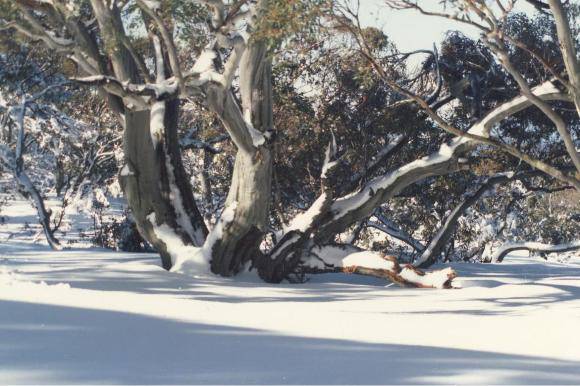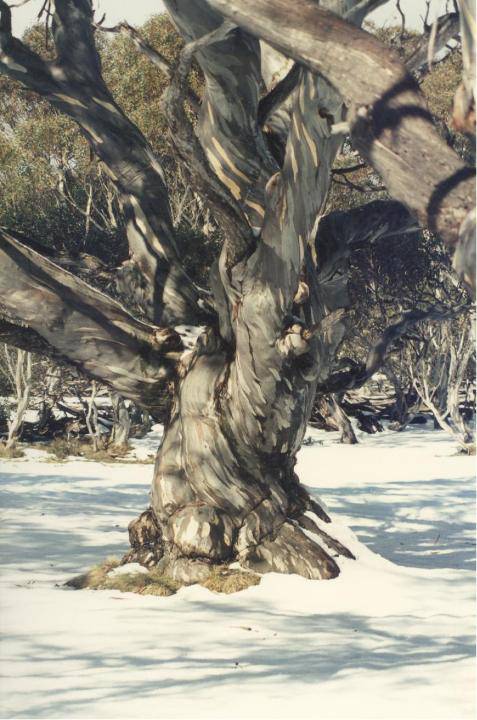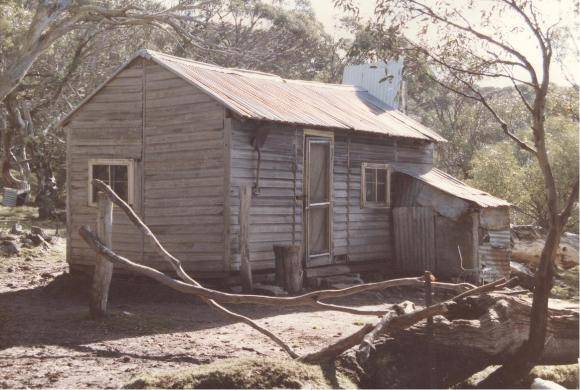| Back to search results » | Back to search page » |
|
Alpine National Park (Bogong Section)
LocationVIC - Property No L10206
File NumberL10206LevelNational |
|
Statement of Significance
File note 31/05/2012: This classification incorporates files L10230 Paradise Falls and Environs, and L10271 Lake Tali Karng. Boundary varies from Alpine National Park. L10230 (Paradise Falls & Environs) L10271 (Lake Tali Karng)
The Alpine National Park (Bogong section) is significant for its natural and cultural qualities at the National level. Natural qualities for which the High Plains are significant include their varied and dramatic topography, some features of which reflect a geomorphological history found in few places in mainland Australia. Although broadly plateau-like in form, the area contains several high peaks, including Mount Bogong (at 1986m, Victoria's highest mountain), Mt Feathertop (1922m) and Mount Hotham (1868m) and a number of steep, gorge-like valleys, notably those of the Cobungra and Kiewa Rivers. The region is of great importance for its diverse range of biota, including an extensive range of alpine and sub-alpine ecosystems. While much of the natural vegetation was burnt out in the 1939 bushfires, and subjected to extensive damage in the 2003 fires, it remains the prime habitat for many threatened or endangered species of flora and fauna.
The Alpine National Park has a long cultural history. Although Aboriginal people may have left the area in winter to avoid the cold, they gathered here in large numbers during the summer, and the area has rich spiritual and social associations for Victorian Kooris. Explorers and settlers, mainly from Europe, have traversed, occupied and grazed stock on the High Plains for over 150 years, and there are numerous relics of early gold mining. More recently there has been industrial activity related to control and exploitation of water resources, notably the Kiewa Hydroelectric Scheme. The High Plains have also been important for recreation and tourism for more than a century.
The area includes many of Australia's ski fields and the highly valued landscape setting supports numerous other recreational activities such as bushwalking, horse-riding and four-wheel driving. The High Plains are widely regarded as of great aesthetic significance, both for their striking topography with extensive views, and for the colours, shapes and textures of the plant life.
The Alpine National Park (Bogong section) is of cultural significance, including scientific, historic, social, spiritual and aesthetic aspects, at the National level.
The area has scientific significance for its elevated topography, which has resulted in a unique climate and soil habitat for plants and animals. The mountain peaks that rise above the plateau surface in the High Plains include many of Victoria's highest summits, and show features associated with Pleistocene periglacial activity, which was limited to very few areas of mainland Australia. The regular occurrence of snow cover in winter provides an opportunity to study the meteorology of snow formation, and the effects of snow and frost on soil and biota. In recent years this study has allowed development of the technology of artificial snow making for use in the ski industry. The alpine and subalpine ecosystems found in the High Plains are the most extensive on the mainland, and are one of the few places in the world where scientists can study the impact of, and recovery from, bushfire on such associations. The deep valleys, with varied geology and microclimates, provide a wide range of habitats for other important and endangered ecosystems, many of them still relatively unchanged by human activity. As a consequence of the diversity of habitat and limited human impact, the High Plains are home to many unique and endangered species of fauna and flora.
The historic and social significance of the High Plains arises from a history of land use that is unique in Victoria, comparable to only one other area in Australia (around Mt Kosciusko in NSW). To a large extent the uniqueness reflects human adaptation to the pronounced seasonality of climate, with a sharp contrast between the brief, sometimes-warm summer, and the winter, when snow can linger for several months. This, together with relatively abundant water resources, has supported land uses rarely found in other parts of Victoria. Aboriginal use, and settlement of the High Plains by Europeans, were both profoundly influenced by the climate. It is thought that Aboriginal use, at least of the highest parts, was largely confined to the summer season, when large numbers migrated into the area to exploit seasonal resources, notably the Bogong Moths. European cattle farming was also seasonal, with extensive use for summer grazing, followed by removal of cattle to lower altitudes as winter set in. The High Plains, with their heavy and relatively reliable rainfall, are a major source of water for much of northeast Victoria, and the flow in the Kiewa was exploited in the early Kiewa Hydroelectric Scheme. Even the technology used for the brief gold mining phase reflected the relative abundant water supply, with more extensive use of sluicing than in drier lowland sites. Recreational and tourist use is also season-dependent, with skiing and other snow-related activity in winter, and hiking on the area's many walking trails in summer.
For Aboriginal people, the Bogong High Plains were not only a source of valued food resources, but also a place to meet and share cultural rituals, so the area was accorded considerable spiritual significance.
The Alpine National Park (Bogong section) is of outstanding aesthetic significance, with spectacular large-scale views over great distances and deep valleys with rivers in which white water reaches alternate with still, reflective pools. The diverse and scented Alpine flora, and the colourful, twisted stems of the snow gums are highly valued and figure prominently in paintings and photographic images of Australia.
Classified: 28/11/2005
This is an extensive, mostly forested mountainous area, with spectacular waterfalls. Forests of Peppermint, Blue Gum, and Candlebark with Wattles and ferns provide important habitat for fauna.
Classified 05/04/1976
The isolation of this lake endows it with a special charm and character that is strengthened by the dramatic and outstanding landscape setting. The rock barrier that retains the lake waters and the percolation of water through it are also of significance.
Classified 07/06/1982
Group
Landscape - Cultural
Category
Other - Landscape - Cultural






